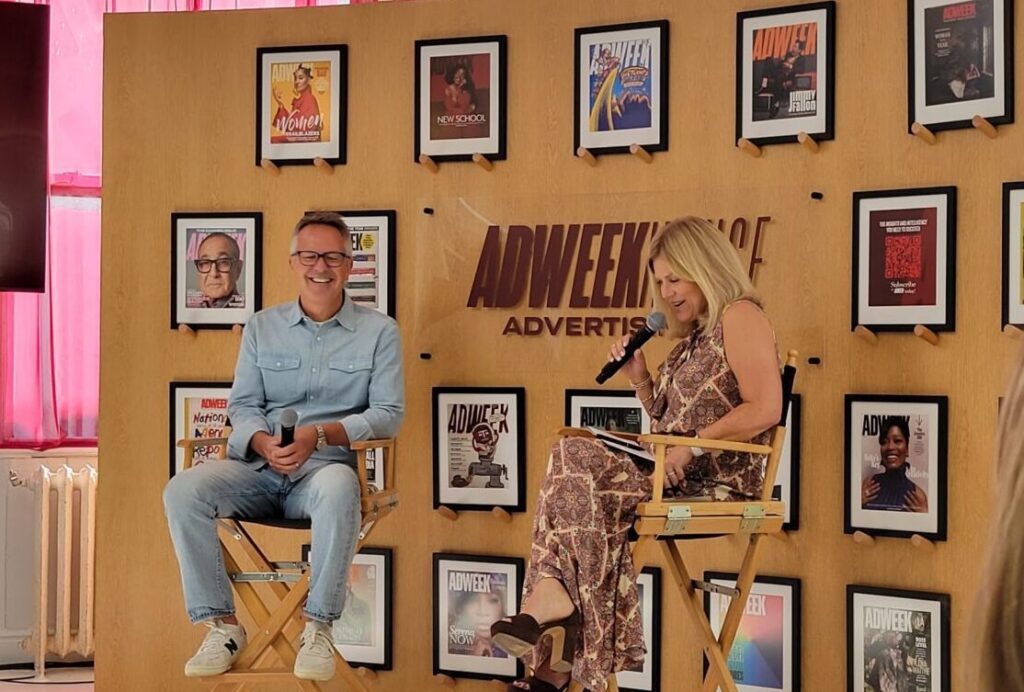Thomas Jefferson declared that “information is the currency of democracy.” More recently, U.S. general Gordon Sullivan said, “Information is the currency of victory on the battlefield.” But a sizable number of catalogers don’t seem to value knowledge as money, judging by the responses to Catalog Age’s latest Benchmark Report on Marketing.
Twenty-two percent of respondents said their company doesn’t bother to conduct any sort of market research. The same percentage said they don’t calculate how much money they spend per prospect, while 28% didn’t know how much it costs them on average to acquire a customer. More than one-fourth (28%) said they didn’t know how many purchases a customer had to make before he could be marketed to profitably. More disturbing, 66% of participants said that they don’t conduct customer lifetime value studies.
But one can argue that marketers value information more highly now than, say, two years ago. Among those participating in our previous marketing survey, two years earlier, nearly one-third (31%) didn’t conduct market research. What’s more, two years ago only 8% of those without market research programs planned to implement one, compared with a third of this year’s respondents.
One can also argue that catalogers have more need of market research and other types of information now than two years ago. A look at average response rates suggests as much. The average mean house file response rate among this year’s respondents was 4.9%. That’s a 17% decline from the mean 5.9% house file response among participants in the previous survey. Among consumer catalogers, the mean house file response rate remained flat at 5.0%. Business-to-business respondents, however, suffered a steep decline, from a mean 6.9% two years ago to 5.4% this year.
Response rates from outside lists slipped less dramatically, to a mean 1.3% from 1.4% among respondents two years earlier. But the mean conversion rate of leads to buyers for paid catalogs dropped from 8.2% two years ago to 6.4% among this year’s respondents. For free catalogs, the mean conversion rate of leads to buyers fell from 8.1% to 5.9%.
Perhaps because of declining response rates from traditional catalog mailings, respondents are trying more alternative prospecting methods. Forty-one percent of this year’s respondents used solo product offers, for instance, compared with 30% of survey respondents two years earlier. And whereas just two years ago only 44% of respondents used their Website to acquire names, 95% of this year’s participants said they prospect via their Website.
Another sign of changing times: Two years ago we didn’t even ask catalogers if they used e-mail, search engine marketing (a.k.a. paid search), and search engine optimization (unpaid search) to gather names. This year these were among the popular alternative prospecting methods: 84% used e-mail, 62% paid search, and 75% search optimization.
No doubt because of the cost and manpower involved, smaller catalogers were less likely to avail themselves of search marketing than their larger counterparts. Among respondents with annual sales of less than $10 million, 48% used paid search engine marketing, compared with 74% of respondents with sales of at least $10 million. Slightly fewer than two-thirds of the smaller catalogers used search optimization, compared with four-fifths of the larger ones. Conversely, while 88% of the smaller respondents used e-mail to acquire names, a somewhat smaller percentage — 80% — of the larger catalogers did so.
Catalogers that do not conduct market research
Consumer 21%
B-to-b 18%
Sales less than $10 million 29%
Sales at least $10 million 16%
Catalogers’ top reasons for conducting market research
Consumer
Determine customer satisfaction 67%
Ascertain demographics 49%
Rate service level 27%
B-to-b
Rate service level 48%
Determine customer satisfaction 39%
Determine rank compared with competitors 27%
Alternative prospecting methods used
(excluding Website)
Consumer
E-mail 88%
Search engine optimization (unpaid) 74%
Search engine marketing (paid) 70%
Package inserts 64%
Magazine display ads 59%
B-to-b
Trade shows 81%
E-mail 70%
Magazine display ads 70%
Search engine optimization (unpaid) 65%
Search engine marketing (paid) 56%
METHODOLOGY
On Dec. 7, 2004, Primedia Business e-mailed invitations to participate in asn online survey to 3,619 subscribers of Catalog Age selected on an nth-name basis. The invitation included a link to route respondents directly to the questionnaire online. Respondents were offered a chance to be entered into a drawing for one of four $50 Amazon.com gift certificates. Follow-up e-mails were sent on Dec. 14 and Dec. 22. Of the 3,056 deliverable surveys, 84 completed surveys were received, for an effective response rate of 2.7%.
Most successful alternative prospecting methods
(Methods most frequently rated “extremely successful”)
Consumer
Website 42%
E-mail 35%
Search engine marketing (paid) 21%
Search engine optimization (unpaid) 21%
Package inserts 19%
B-to-b
Website 52%
Trade shows 24%
E-mail 17%
Search engine marketing (paid) 10%
Solo product offers 10%
Those not using a special prospecting catalog
Consumer 60%
B-to-b 67%
Sales less than $10 million 72%
Sales at least $10 million 59%
Mean amount spent per prospect
Consumer $9.04
B-to-b $11.77
Mean average cost to acquire a customer
Consumer $18.06
B-to-b $33.83
Most commonly offered customer incentives
Sales less than $10 million
Website offers 59%
House credit 53%
Free S&H 33%
Preferred buyer programs 33%
Reduced S&H on large orders 32%
Sales at least $10 million
House credit 67%
Free S&H 47%
Special Website offers 44%
Reduced S&H on large orders 43%
Dollar-off coupons 29%
Interested in the complete results from Catalog Age’s exclusive Benchmark Survey on Marketing? To purchase the full report, go to www.CatalogAgemag.com and click the “Research Store” link on the left-hand navigation bar under “Resources,” or contact Lynn Adelmund (913-967-1891; ladelmund@primediabusiness.com).
 Network
Network

